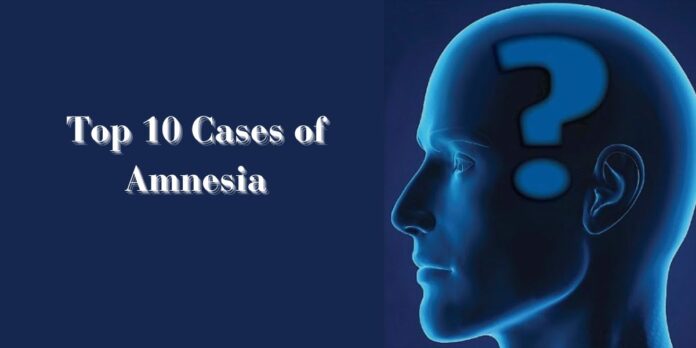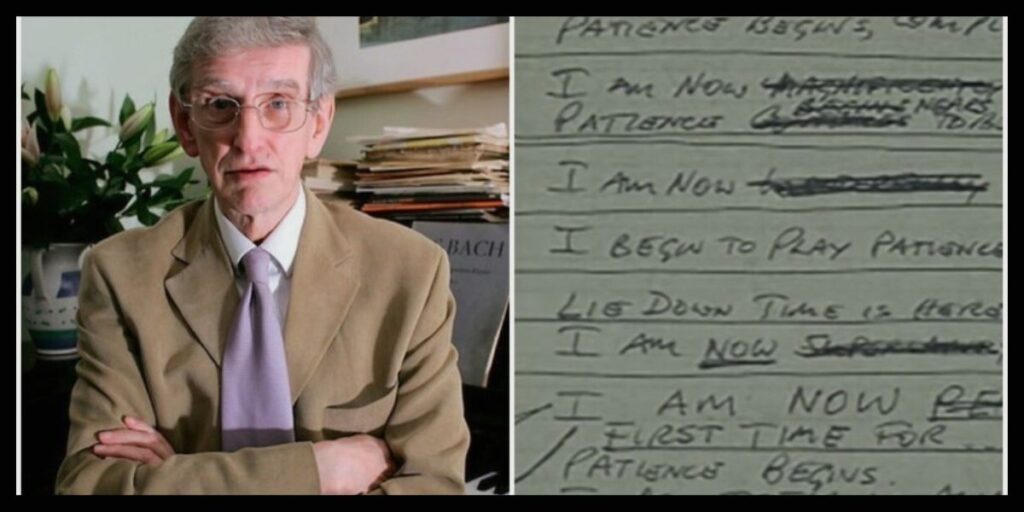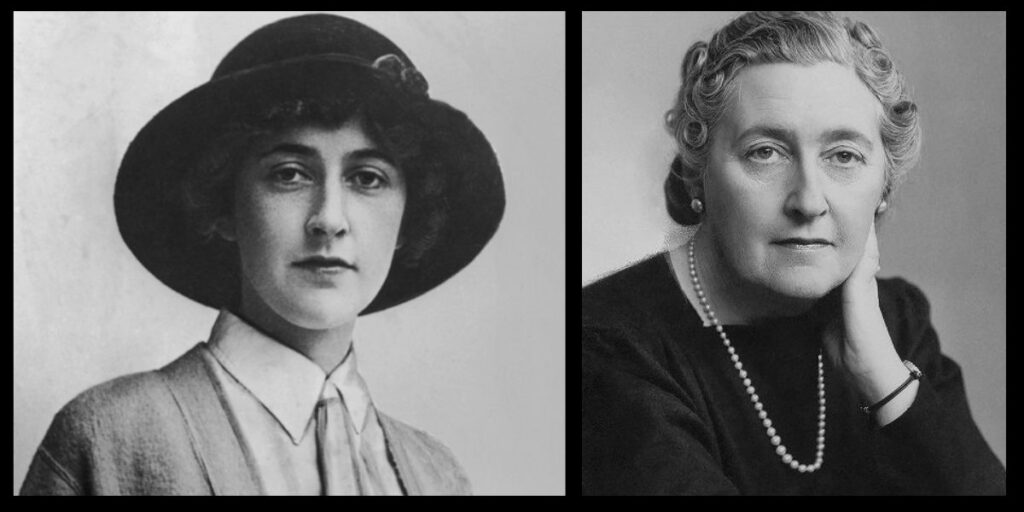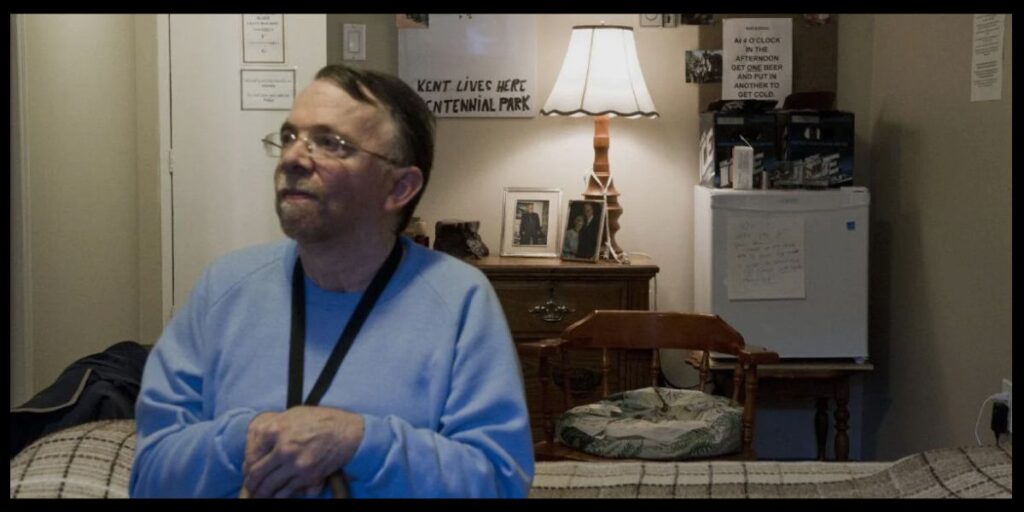Amnesia, the loss of memory, is a fascinating and complex condition that has captured the imagination of scientists, storytellers, and the general public alike. It can be triggered by various factors such as brain injury, psychological trauma, or even certain medical conditions. This article delves into ten intriguing cases of amnesia each offering unique insights into the human mind and the fragile nature of memory.
Henry Molaison (H.M.)
One of the most famous cases of amnesia, Henry Molaison, known as H.M., underwent brain surgery in 1953 to alleviate severe epilepsy. The surgery involved removing parts of his hippocampus, which left him unable to form new memories. Despite being able to recall events from his early life. He couldn’t remember anything post-surgery. H.M.’s case has been pivotal in understanding the role of the hippocampus in memory formation.
Clive Wearing
Clive Wearing, a former musicologist and conductor, developed a profound case of amnesia following a herpes simplex virus infection that caused encephalitis. His condition resulted in both retrograde amnesia (loss of memories) and anterograde amnesia (inability to form new memories). Clive’s memory span lasts only a few seconds, making his case one of the most severe and heartbreaking examples of amnesia ever recorded.
John Doe (Benjaman Kyle)
In 2004, a man was found behind a dumpster in Georgia, with no identification and no memory of his past. He adopted the name Benjaman Kyle and became a symbol of modern amnesia. Despite extensive media coverage and efforts to uncover his identity. It took over a decade to discover his real name and past. His case underscores the challenges and mysteries of retrograde amnesia.
Michelle Philpots
Michelle Philpots, from the UK, lives with a form of amnesia that resets her memory every day. Affected by a series of head injuries from car accidents, she has anterograde amnesia and relies on notes, photographs, and her husband to piece together her life daily. Her condition echoes the plot of the film “50 First Dates,” highlighting the continuous struggle and adaptability required to live with amnesia.
Ansel Bourne
In 1887, Ansel Bourne, a preacher, experienced a dissociative fugue state, a rare form of amnesia. He disappeared from his home in Rhode Island and was found two months later in Pennsylvania, having adopted a new identity and with no memory of his past life. His case is one of the earliest documented instances of dissociative amnesia and has been studied extensively to understand the link between identity and memory.
Naomi Jacobs
Naomi Jacobs woke up one morning in 2008, believing it was 1992. She had lost 17 years of her life, including the memories of her son and her career. Diagnosed with transient global amnesia, her case is unique as she regained her memories after a few weeks. Naomi’s experience highlights the temporary yet profound impact of certain amnesic conditions and the resilience of the human brain.
Agatha Christie
Famed mystery writer Agatha Christie herself became the subject of a real-life mystery in 1926 when she disappeared for 11 days. She was eventually found in a hotel, unable to recall any details of her disappearance. Although there is debate over whether it was a case of psychogenic amnesia triggered by emotional stress or a publicity stunt, it remains one of the most intriguing episodes in literary history.
David Fitzpatrick
David Fitzpatrick, a UK resident, experienced a severe case of dissociative amnesia in 2005, losing all memory of his identity. He was found wandering with no recollection of his past. Over time, he began to piece together fragments of his life, although much remains lost. David’s story is a testament to the mysterious nature of memory and the psychological factors that can trigger such profound loss.
Kent Cochrane (K.C.)
Kent Cochrane, known in scientific literature as K.C., suffered a traumatic brain injury in a motorcycle accident. This left him with extensive amnesia, where he couldn’t recall specific events from his past (episodic memory) but retained general knowledge about the world (semantic memory). K.C.’s case has been crucial in distinguishing between different types of memory and how they are affected by brain injuries.
William (Bill) Jenkins
Bill Jenkins suffered a stroke that left him with a unique form of amnesia where he couldn’t remember people’s faces, a condition known as prosopagnosia. While he retained his ability to recall events and facts. His inability to recognize even familiar faces profoundly impacted his social interactions and daily life. His case sheds light on the specificity of memory functions and how different aspects can be selectively impaired.
Conclusion:
These ten cases of amnesia illustrate the diverse ways memory can be affected and its profound impact on individuals’ lives. From the severe and chronic to the temporary and mysterious. Each case offers valuable insights into the workings of the human brain. While much has been learned. The study of amnesia continues to be a crucial area of neuroscience. Holding the promise of uncovering further secrets about memory and identity.






